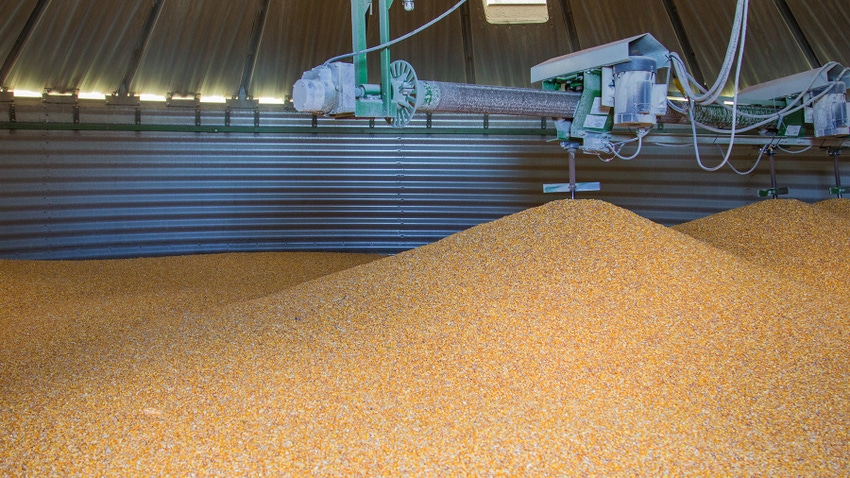
Corn and soybean farmers regularly face the pivotal decision of whether to sell their grain immediately or store it in anticipation of better market conditions. This decision is especially challenging this year as we are coming off three great years and now must adapt to a much less friendly grain market. The key to this decision lies in evaluating the cost of storing grain against the potential for better prices.
The cost of storage can significantly impact your bottom line especially when facing the combination of higher interest rates and lower prices. These costs include not only the physical expenses associated with storing grain, but also the opportunity cost of capital tied up in grain that could be sold. Now with higher interest rates, it can be very costly to simply “store and ignore.”
On the other side of the equation is the hope that the market will rebound. Demand is still weak, but the crop isn’t even in the ground yet. Will the American farmer be blessed with a spring rally?
Many now wish they marketed more before this downturn, but selling a crop you haven’t planted can be challenging. And we became accustomed to higher prices. So, what can we do from where we are today?
Indecision increases risk
Well, it depends on your current situation. If you’re still sitting on old crop bushels, you have twice the risk. If this is you, then it’s time to take control of your situation and stop being at the mercy of the market.
This means moving the bushels and considering re-owning with a call. Many are frozen right now because the prices are ugly, but indecision is costly in a bear market. The market may or may not reward you in the coming months, but that’s a risky bet to make.
The immediate cash flow generated by selling grain can be crucial for covering operating costs or servicing debt. Others might have the financial resilience to wait for a more opportune time to sell, aiming to maximize profits. But what if we never reach that level? Do you have a plan if the market doesn’t rebound?
By selling old crop bushels and buying calls against them, you can lock in a price for your grain while keeping the opportunity to capture a rally in the coming months. This way if the market continues to drop, you know exactly what you’re going to lose. And if the market rallies, you still get to participate. You get the best of both worlds and can sleep easier at night.
However, the use of these tools requires a deep understanding of financial markets and a clear strategy for managing agricultural risks. It's here that consulting with a trusted marketing advisor can be invaluable. These professionals can provide personalized advice based on your individual situation, helping to navigate the complex interplay of storage costs and market potential.
Customize your plan
The decision to store or sell grain in a bearish market is multifaceted and highly personal. It requires careful consideration of storage costs, market predictions, financial resilience, and risk management strategies. By staying informed, seeking expert advice, and carefully weighing your options, you can navigate these challenging decisions, aiming to secure the best possible outcome in an unpredictable marketing year.
Contact Advance Trading at (800) 747-9021 or go to www.advance-trading.com.
Information provided may include opinions of the author and is subject to the following disclosures:
The risk of trading futures and options can be substantial. All information, publications, and material used and distributed by Advance Trading Inc. shall be construed as a solicitation. ATI does not maintain an independent research department as defined in CFTC Regulation 1.71. Information obtained from third-party sources is believed to be reliable, but its accuracy is not guaranteed by Advance Trading Inc. Past performance is not necessarily indicative of future results.
The opinions of the author are not necessarily those of Farm Futures or Farm Progress.
About the Author(s)
You May Also Like






